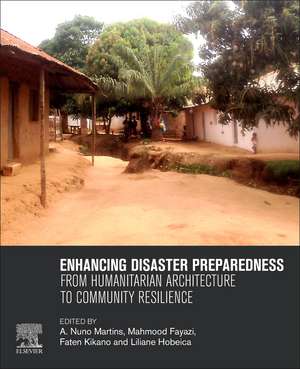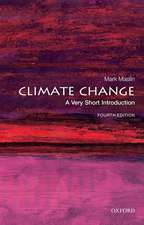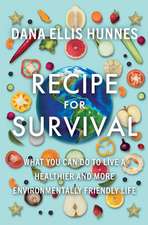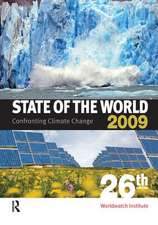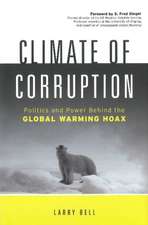Enhancing Disaster Preparedness: From Humanitarian Architecture to Community Resilience
Editat de A. Nuno Martins, Mahmood Fayazi, Faten Kikano, Liliane Hobeicaen Limba Engleză Paperback – 7 oct 2020
- Explores Sendai’s fourth priority through a spatial lens
- Examines the role of humanitarian design in building resilience
- Critically revisits concepts such as incremental housing and building back better
- Provides examples of methodological tools for community engagement in resilience-building processes
Preț: 574.01 lei
Preț vechi: 734.54 lei
-22% Nou
Puncte Express: 861
Preț estimativ în valută:
109.84€ • 114.91$ • 91.24£
109.84€ • 114.91$ • 91.24£
Carte tipărită la comandă
Livrare economică 26 martie-09 aprilie
Preluare comenzi: 021 569.72.76
Specificații
ISBN-13: 9780128190784
ISBN-10: 0128190787
Pagini: 298
Ilustrații: 150 illustrations (75 in full color)
Dimensiuni: 191 x 235 x 19 mm
Greutate: 0.51 kg
Editura: ELSEVIER SCIENCE
ISBN-10: 0128190787
Pagini: 298
Ilustrații: 150 illustrations (75 in full color)
Dimensiuni: 191 x 235 x 19 mm
Greutate: 0.51 kg
Editura: ELSEVIER SCIENCE
Public țintă
Academics in disaster management, policy makers, industry sector, NGOs and risk practitioners in generalCuprins
PART I – Humanitarian architecture
1. A humanitarian shelter terminology framework
2. Techo’s emergency-housing response to hurricanes in Puerto Rico: Lessons from the field
3. The story of the disaster-relief houses in Iceland
4. The influence of technical assistance in the adoption of safer construction practices in Nepal
5. Participatory design for refugee shelters: An experiment in Syrian camps in Jordan
6. Lessons for Humanitarian Architecture from design contests: The case of the Building 4Humanity Design Competition
PART II – Architecture and urban design to enhance community preparedness
7. Architects’ multifaceted roles in enhancing resilience after disasters
8. Probing for resilience: Exploring design with empathy in Zanzibar, Tanzania
9. Consolidation design as an adaptation strategy in the Toi Market in Nairobi, Kenya
10. Risk and urban design in Brazilian favelas: Linking participation, collective spaces, and territorial management
PART III – Housing vulnerability, community resilience, and inclusive governance
11. Informality versus short-term regularization of the Syrian refugees’ situation in Lebanon
12. Incremental housing in Villa Verde, Chile: A view through the Sendai Framework lens
13. Climate Action Zones: A clustering methodology for resilient spatial planning in climate uncertainty
14. The links between vulnerability, poverty, and natural hazards: A focus on the impacts of globalization trends
1. A humanitarian shelter terminology framework
2. Techo’s emergency-housing response to hurricanes in Puerto Rico: Lessons from the field
3. The story of the disaster-relief houses in Iceland
4. The influence of technical assistance in the adoption of safer construction practices in Nepal
5. Participatory design for refugee shelters: An experiment in Syrian camps in Jordan
6. Lessons for Humanitarian Architecture from design contests: The case of the Building 4Humanity Design Competition
PART II – Architecture and urban design to enhance community preparedness
7. Architects’ multifaceted roles in enhancing resilience after disasters
8. Probing for resilience: Exploring design with empathy in Zanzibar, Tanzania
9. Consolidation design as an adaptation strategy in the Toi Market in Nairobi, Kenya
10. Risk and urban design in Brazilian favelas: Linking participation, collective spaces, and territorial management
PART III – Housing vulnerability, community resilience, and inclusive governance
11. Informality versus short-term regularization of the Syrian refugees’ situation in Lebanon
12. Incremental housing in Villa Verde, Chile: A view through the Sendai Framework lens
13. Climate Action Zones: A clustering methodology for resilient spatial planning in climate uncertainty
14. The links between vulnerability, poverty, and natural hazards: A focus on the impacts of globalization trends
